By: debbie lynn elias
Some of the greatest movie-going experiences of my childhood – and life – as well as that of so many others of my generation, were those through the Disney True-Life Adventure films. Not only were they educational and entertaining, but they sparked interest and raised questions in impressionable youth – including myself- which is now evidenced today in people like Al Gore and ecologic and environmental activists whose thoughts and opinions were shaped by those images of nature and wildlife that Walt Disney captured. For years now, we have missed so much by the absence of Disney’s True Life Adventures and its nature films, and I, for one, am ecstatic that the brand has been resurrected in the 21st Century with Disneynature. And what better way to inaugurate the film series than with EARTH.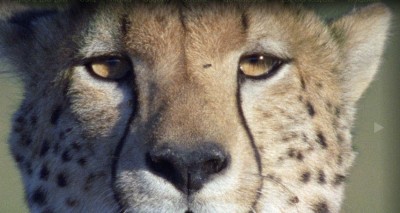
Described by director Alastair Fothergill as a “portrait of the whole planet”, EARTH starts at the north pole and heads to the south. Thanks to vivid imagery, incredible, unparalleled, exquisite cinematography, new worlds are explored and the beauty of Earth’s “circle of life” unfolds before our eyes. It is absolutely BREATHTAKING. Crisp, clean, pristine images only enhance the beauty and wonder of the world in which we live. And thanks to two of my personal filmmaking techniques – time lapse photography and slow-mo – the magic of Mother Nature can be heralded and appreciated with immediacy – and a sense of urgency – as the calming, yet authoritative, voice of James Earl Jones narrates behind the beauteous splendor before us, not only celebrating in the spectacle and mystery of Earth, but reminding us of the problems this world now faces and the lives that will be lost thanks to global warming. This is pure magic.
Believing that “we need to have the same type of emotion as in any movies”, with a “circle of life” theme, filmmakers Alastair Fothergill and Mark Linfield follow mothers and their offspring throughout the year in the Tundra, under the Sea, across the African plains and savannahs and in the Poles, with visuals that tell an unfolding story, tugging at your heart with the very first glimpse of the baby polar bear cubs. You’ve got the “awwwwww” factor from the opening frame and you are hooked.
For Fothergill, in selecting the different species of animals in the film, “We wanted to choose animals that are affected by the seasons of the planet.” And while the movie features 42 animal species, including some rare Birds of Paradise which provide some of the most comedic moments of the film and Mandarin Ducklings taking their first flight, key are the tales of a polar bear family, elephant family and humpback whales. According to Linfield, they are “engaging animals” but very seasonal, which works well with the concept of a year in the life of planet Earth.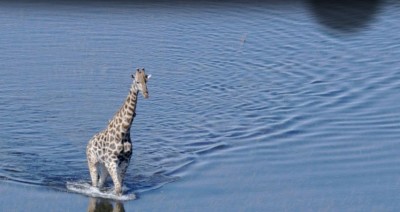
Impressive is the tasteful and humane way the film addresses that circle of life – particularly when it comes to death. No blood and gore is necessary as the shear emotion created by the imagery and narration lets you know what comes next. What I found quite interesting is the humanity in which many animals attack they prey. Not pounding and ripping out the jugular or heart, but on examination, pursuing, pouncing, bringing to the ground and then in some cases actually “embracing” their prey before the kill. These four-footed cohabitants of the planet are more human than their human counterparts. For Fothergill, it is important to remember that “ these are family movies. We don’t dwell on the blood and gore. You don’t need to. The first rule of wildlife fimmaking is to be true to nature. You don’t interfere. You don’t get involved. You have to be true to it [nature] both on the screen and in the way you deal with those issues [death, attack, starvation].” Linfield reinforces Fothergill’s beliefs. “This is the circle of life. That is nature.”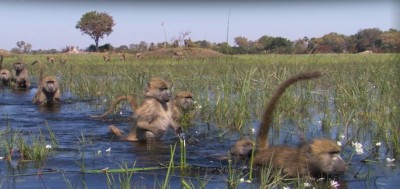
Five years in the making. Three years of filming. 2000 days in the field. Over 40 different production teams of the finest cameramen and cinematographers in the world. No script as “animals don’t work to script”. According to Fothergill, “the original vision was to look at nature in cinema. It’s been played on a relatively small canvas. Very focused movies on particular subjects. Mark and I felt that nobody had ever tried to do the whole planet. It seemed to be, for us, at a time when people were increasingly caring about the planet. It was the perfect time. We didn’t quite appreciate the scale, the logistics. The genesis was to make an epic movie about an epic subject. We wanted to stack everything in our favor using the best scientists, the best location. And patience, patience, patience.”
According to Fothergill, beyond the logistical challenge, there were some real technological challenges in this movie. Luck was on their side that HD cameras had just become available at the beginning of the shooting. “The classic example would be an extraordinary camera system called Cineflex which stabilizes a lens 4 or 5 times more powerful than has ever been stabilized in a helicopter before. Extremely important for wildlife documentaries because you can fly 4 or 5 times higher and still get all the close ups you need.” Beautiful examples of where the magic and excellence of the Cineflex shine forth are during a wolf hunt and a swimming father polar bear. Fothergill, director of the polar bear segment, was moved to tears not only by the shear elegance and beauty of the lone polar bear swimming and diving into a calm deep pool of midnight blue water, but also the knowledge that no one had ever captured this type of moment on film before. For cinematographer Doug Allan, “filming underwater means getting up close, which is why it’s so special.” To Field Assistant, Chadden Hunter, the elephant shoot was “very special” as the team lived with the elephants for nearly two months – both up close and at a distance – “observing them as they traveled across near barren desert.”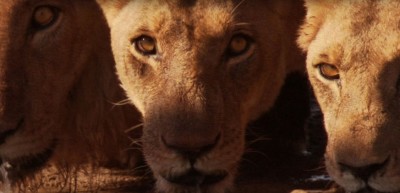
On watching this epic, I think you will all spot the most dangerous segment of the shoot – night shooting with lions and elephants. Lensed from open vehicle it was not only dangerous but challenging as filming had to be done in infrared without normal lighting, making it difficult not only for the team but for the elephants who were running around in complete darkness trying to protect their calves from being eaten by some rather hungry lions.
You may ask, as I did, why now? What compelled Disney to debut the Disneynature brand now? According to Executive Vice-President and General Manager of Disneynature, Jacques-Francois Camilleri, “There is a growing appetite from a worldwide audience for this type of films. We saw it with “Microcosmos”, “Winged Migration”, “March of the Penguins”, “Earth” which has been released already in most of the European countries and Asia. It makes so much sense for Disney to bring these beautiful films and stories on the big screen. 60 years ago we had True Life Adventures but even when TLA ended, since then Disney has always been very close to nature and animals.. .It’s a perfect period to do it because people care about nature more. Technically speaking, we have these wonderful incredible directors working with us, but also the technics evolved so well. With today’s beautiful theatres, with HD, with great sound, I think these wildlife feature films belong to the big screen and to the movie theatres, which might not have been the case 20 years ago. . Today, if you want to discover Earth and animal behavior and the incredible stories which are nature, then the movie theatres are the best place to discover them. Technics might not be the most exciting thing, but every 6 months there is a brand new camera coming out. This wasn’t the case 20 years ago.”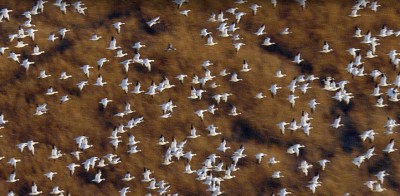
The information that EARTH imparts is not only interesting, but is comprised of many little known facts. How many of us had any idea that 3 million caribou thunder across 2000 miles of tundra each migrating season? Or the long haul elephants make to a seemingly barren wasteland only to learn that appearances can be deceiving and thanks to a carefully designed ecosystem, by the time they arrive at their destination, the land is lush and green, creating a personal swimming pool for not only elephants, but all the safari creatures? And that Boreal Forest??????? Ringing the Arctic Circle and providing enough oxygen to reoxygenate the entire planet???????? WOW!!!!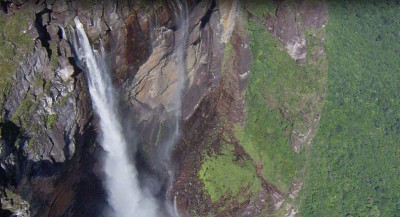
Perhaps one of the most impressive and wonderful things about this film, and those upcoming in the Disneynature series – OCEANS, NAKED BEAUTY, AFRICAN CATS and CHIMPANZEES – is that there is nothing being done that isn’t absolutely true to life.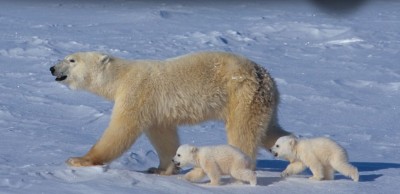
As for the filmmakers wish for each of you on experiencing the wonders of EARTH, “More than anything else, we want them to have a good time in the cinema. If you had all the money in the world and ten lifetimes, you wouldn’t see 10% of what we show you in the Earth movie. It’s all there. It’s still there. It needs preserving. We just want people to come out uplifted.”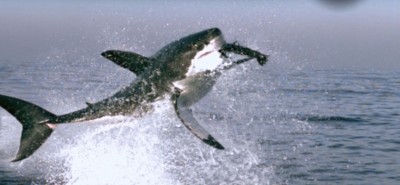
EARTH celebrates not only the circle of life, but the magic of Mother Nature, stirring the conscience to preserve the wonders that we call home.
CAST – Mother Earth
Directed by Alastair Fothergill and Mark Linfield












